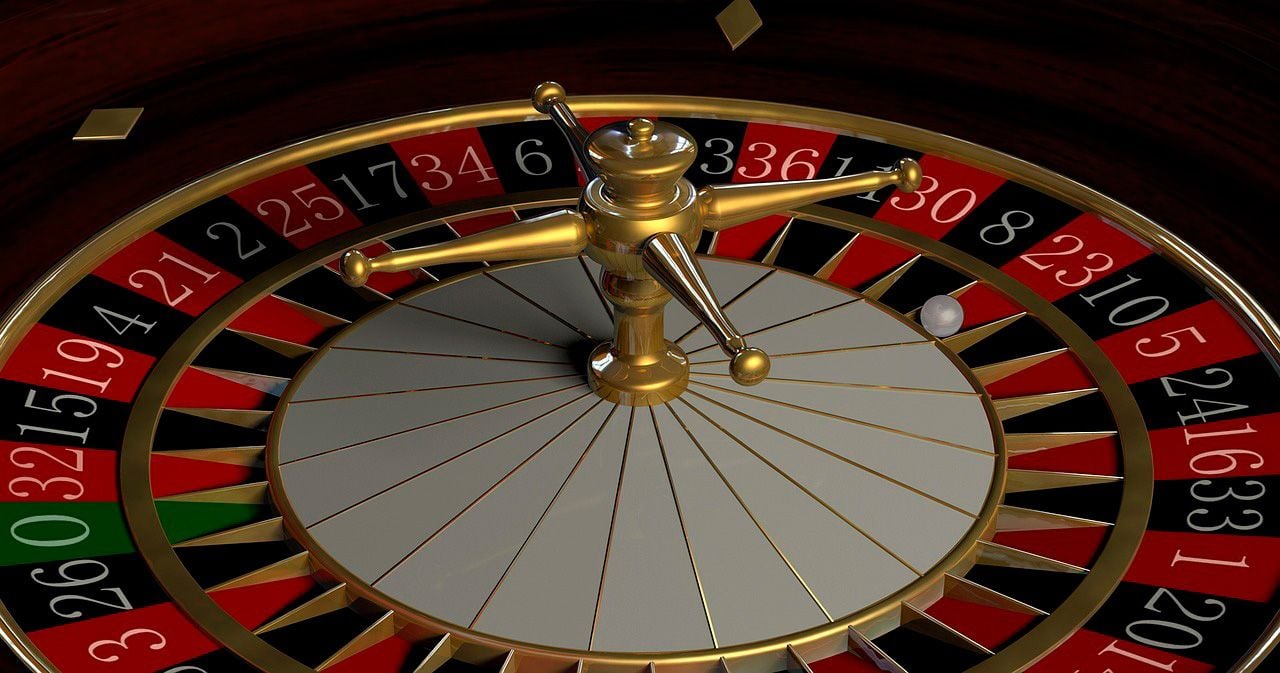
In the shadows of the glittering illuminations and those alluring sounds of rotating wheels lies an dynamic realm where creativity meets numbers: the creation of casino games. As players flock to gaming establishments seeking thrills and the possibility of striking it rich big, a huge amount of effort takes form behind closed doors to create these games they enjoy. From the starting concept to the final product that players engage with, numerous elements come together to ensure a captivating play experience.
Creators, engineers, plus game creators work together to merge cutting-edge technology with enthralling gameplay mechanics. Every aspect, from visuals and sound effects to odds and returns, is carefully crafted to attract players and keep them entertained. Understanding this complex process of how casino games are made reveals both the technical skills required but also the creative vision that brings these immersive experiences to life.
Game Development Workflow
The design workflow starts with idea generation and concept development, where creators develop ideas for innovative casino games. This initial phase often involves pinpointing potential audiences and analyzing market trends. Designers consider elements such as game mechanics, themes, and payout structures to develop an immersive experience. Collaboration between game designers, mathematicians, and artists is essential to guarantee a balanced concept.
Once a concept is selected, the next stage involves prototyping and testing. Designers create a functional version of the game to assess its playability and mechanics. This allows for adjustments and refinements based on feedback from testers. Iteration is key, as designers may go through multiple rounds of testing to optimize gameplay balance and user experience. This stage is crucial for identifying any possible issues before the game goes into production.
After testing, the game moves into development and production. This comprises the technical aspects of coding the game software, integrating graphics, and ensuring compliance with gaming regulations. Quality assurance testing verifies that the game functions seamlessly across different platforms and devices. Once everything is polished, the game is prepared for launch, usually accompanied by promotional tactics to draw in players and generate buzz around the new casino offering.
Technology and Development
The evolution of casino games has transformed significantly with progress in technology. Modern game design often includes high-quality graphics, immersive sound effects, and interactive animations that provide a captivating experience for players. Game developers use complex software tools and programming languages to develop these interactive gaming experiences. Additionally, the use of RNGs ensures fairness and unpredictability in outcomes, which is essential for ensuring player trust and compliance with gaming regulations.
In the past few years, the rise of online casinos has expanded the boundaries of game development even further. Developers are now able to design games that cater to a global audience, integrating features such as live dealers and virtual reality environments. This transition has encouraged creativity, leading to novel game mechanics and formats that enhance player engagement. Gaming on mobile devices has also become a key focus, encouraging developers to tailor games for mobile phones and tablets, ensuring accessibility and ease of access for players on the go.
Collaboration among creators, artists, and mathematicians is crucial in the development process. Each team contributes their expertise to ensure games are not only visually appealing but also mathematically sound and enjoyable. The integration of player feedback during testing phases allows developers to enhance game features and functionalities, ultimately leading to a favorable launch. As technology continues to advance, the potential for new game concepts and experiences is unbounded, promising an thrilling future for casino games.
Evaluating and Quality Assurance
Once a casino game has been developed, it enters the crucial phase of evaluation and quality assurance. This stage ensures that the game operates seamlessly and provides a just experience for players. Teams conduct thorough tests, including operational checks to verify that all game features work as intended. Each component, from graphics to audio, is evaluated to ensure high standards are met.
In addition to functionality testing, the game undergoes stringent compliance checks to meet compliance requirements. Different jurisdictions have specific regulations governing game fairness and player protection. Quality assurance teams will verify that the random number generators are operating correctly and that the game’s payout percentages align with market standards. This meticulous examination helps establish trust with users and regulators alike.
Finally, pre-launch testing may be conducted with genuine players to obtain feedback on user experience. This critical insight allows developers to implement necessary adjustments before the official launch. https://okking9.vip/ Resolving any likely issues noted during this phase helps ensure that players will have a smooth, engaging experience when the game goes live. The commitment to excellence reflects the industry’s dedication to delivering enjoyable and reliable casino games.